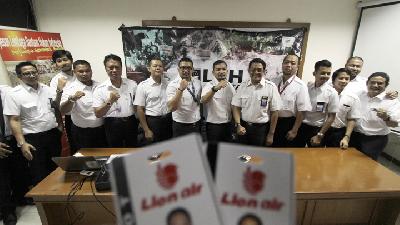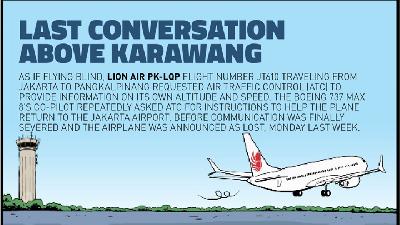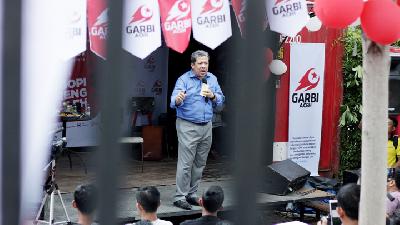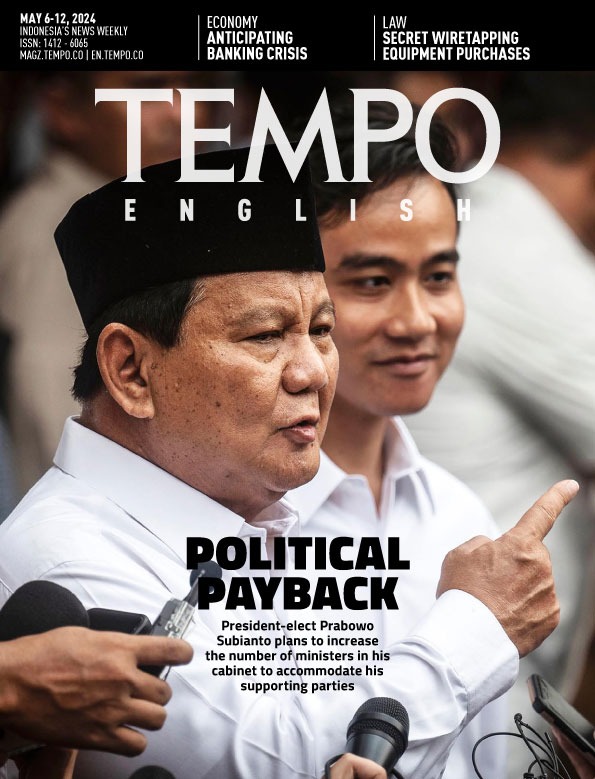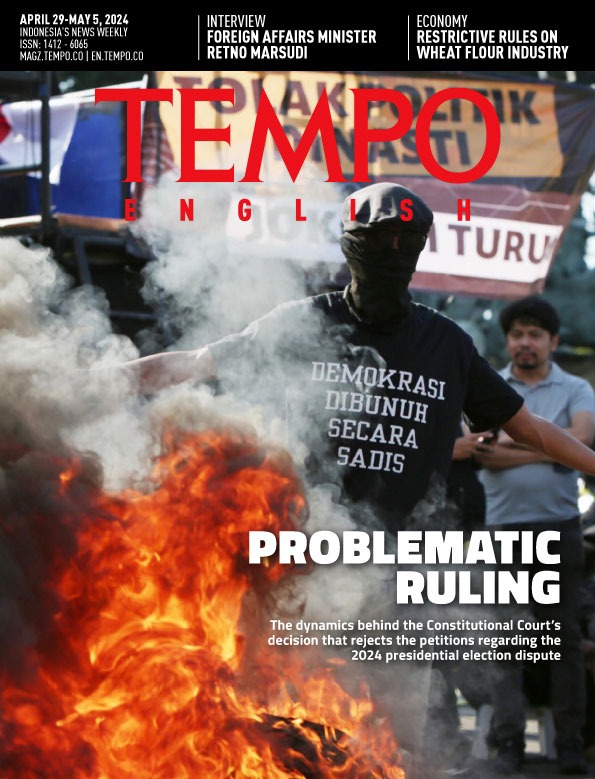Clay Batik and Ancient Script
Tuesday, November 6, 2018
arsip tempo : 171514200392.
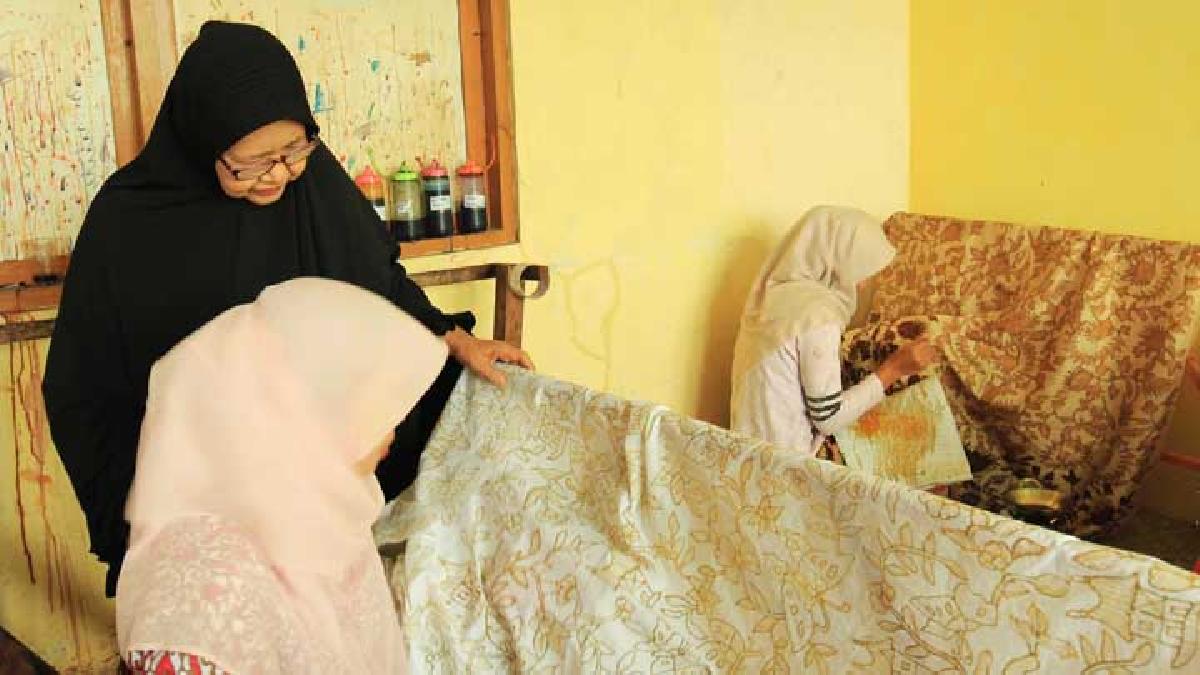
At a glance, the textile—dyed dark brown, coal black, cream, and maroon—seemed soothing. Upon closer look, the colors shaped a beautiful phoenix, fans, broken twigs, leaves, and flying horses. The fabric was no ordinary, machine-printed textile: it was dyed using clay, combined with natural ingredients from plants that grow in North Sulawesi.
The batik belongs to Wirda Hanim, 65, owner of Batik Tanah Liek. When we paid her a visit in
...
Subscribe to continue reading.
We craft news with stories.
 For the benefits of subscribing to Digital Tempo, See More
For the benefits of subscribing to Digital Tempo, See More




